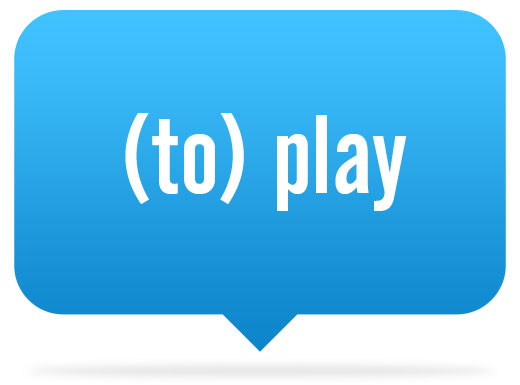| Language | I Love You | Romanization | Pronunciation |
|---|---|---|---|
| të dua | |||
| أحبكَ أحبكِ | ohebuka ohebuki | ||
| Ես սիրում եմ քեզ | Yes sirum em qez | ||
| volim te | |||
| t'estimo | |||
| 我爱你 | wǒ ài nǐ | ||
| volim te | |||
| Miluju tě | |||
| Jeg elsker dig | |||
| ik hou van jou | |||
| Ma armastan sind | |||
| rakastan sinua | |||
| Je t'aime | |||
| მიყვარხარ | miq'varkhar | ||
| Ich liebe dich | |||
| σε αγαπώ | se agapó | ||
| मैं तुमसे प्यार करता हूँ | main tumse pyaar karataa hoon | ||
| szeretlek | |||
| ég elska þig | |||
| Aku mencintaimu | |||
| ti amo | |||
| あなたを愛してます | anata wo aishitemasu | ||
| ខ្ញុំស្រលាញ់អ្នក | khnhom sralanh nak | ||
| 사랑합니다 | sa rang haap ni da | ||
| Es tevi mīlu | |||
| Те љубам | Te ljubam | ||
| Jeg elsker deg | |||
| عاشقت هستم | asheghet hastam | ||
| kocham cię | |||
| eu te amo | |||
| te iubesc | |||
| Я тебя люблю Люблю тебя | Ya tiebia liubliu Liubliu tiebia | ||
| волим те | volim te | ||
| ľúbim ťa | |||
| ljubim te | |||
| te amo | |||
| jag älskar dig | |||
| ฉันรักคุณ | chanrakkhun | ||
| seni seviyorum | |||
| Кохаю тебе! | Kokhayu tebe! | ||
| anh yêu em tôi yêu bạn |
Learning a new language can be a daunting task, but there are certain words and phrases that are universally understood and can help you express your feelings in any language. One such phrase is “I love you.”
Whether you’re traveling to a foreign country, communicating with someone from a different culture, or simply trying to learn a new language, knowing how to say “I love you” can be a valuable tool. It can help you connect with others, express your emotions, and build deeper relationships.
While the phrase “I love you” may seem simple enough, there are often subtle nuances and cultural differences that can affect how the phrase is interpreted. For example, in some cultures, saying “I love you” is reserved for romantic relationships, while in others, it may be used more freely among family and friends.
To truly understand the meaning and context of the phrase “I love you” in a particular language or culture, it’s important to do your research and learn about the cultural norms and expectations. This can involve studying the language itself, as well as immersing yourself in the culture through travel, books, music, and other resources.
In addition to understanding the nuances of the phrase “I love you” in different languages and cultures, it’s also important to consider how you express your feelings to others. While saying “I love you” can be a powerful way to express your emotions, it’s not the only way.
Other ways to express love and affection include through physical touch, such as hugging or holding hands, through acts of kindness and service, through quality time spent together, and through giving thoughtful gifts or gestures. These forms of expression may be more appropriate or meaningful in certain cultures or relationships, and can help deepen your connections with others.
Ultimately, the phrase “I love you” is just one tool in your arsenal for expressing your emotions and building relationships across languages and cultures. By taking the time to learn about different cultures and communication styles, and by being open and respectful in your interactions with others, you can build meaningful connections and create a more interconnected world.
Did you know you can learn all those
languages for free with App2Brain?
Click here to choose the language you’d like to learn:
App2Brain offers you comprehensive lessons to learn a wide range of languages from all over the world. Our goal is to provide you with everything you need to get started writing, understanding and actually speaking your language of choice, and making your language learning journey as fun and efficient as possible.

Download your free language learning guide
Our free 18-page PDF ebook will teach you how to:
- Get (and stay) motivated learning a new language
- Achieve 80% of your goals with only 20% of the effort
- Make your learning experience more fun than ever
Other words & phrases in different languages
-
Hello in different languages
-
Goodbye in different languages
-
Thank you in different languages
-
You’re welcome in different languages
-
Do you speak English in different languages
-
Love in different languages
-
I love you in different languages
-
All the best in different languages
-
Congratulations in different languages
-
Good luck in different languages
-
Happy birthday in different languages
-
Merry Christmas in different languages
-
Happy Easter in different languages
-
Happy New Year in different languages
-
To eat in different languages
-
To laugh in different languages
-
To play in different languages
-
To speak in different languages

















